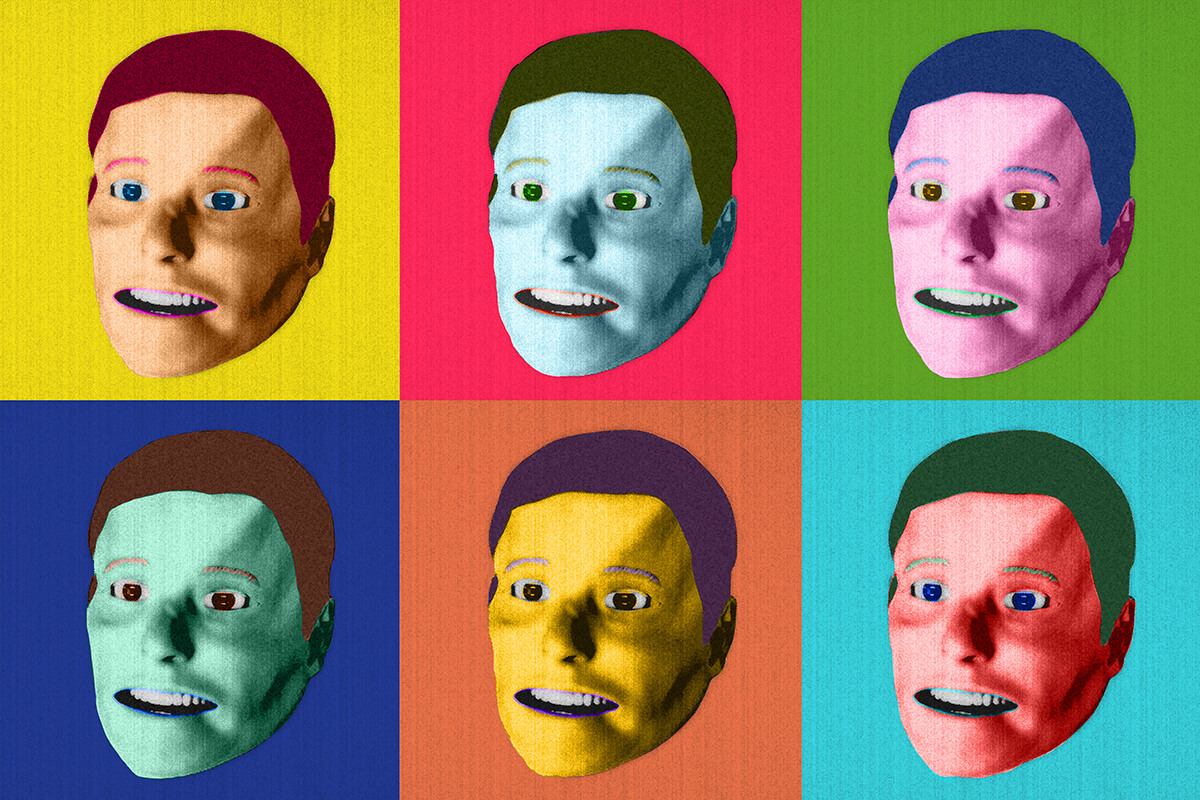
Makeover via Manikin
The sophisticated instruments of simulation in UM’s College of Nursing breathe, blink, talk, respond to physiological changes and emit heart, lung and bowel sounds. The labour and delivery version of these medical mannequins, known as manikins, come equipped with a flexible cervix that allows it to mimic giving birth.
One model—her name is Lucina—carries a hefty price tag of $70,000 and can be programmed for a range of problematic deliveries, allowing for the teaching of coping skills in stressful situations that would not normally be possible.
These increasingly complex, humanlike bodies make for a far different teaching-learning experience than existed even a decade ago, says Nicole Harder, an assistant professor in nursing and the Mindemar professor in human simulation in the Rady Faculty of Health Sciences. Thanks in part to advances in simulation technology, graduating nurses can be better prepared to make decisions on the fly and face high-pressure clinical scenarios, she says.
They can face the worst without real-life ramifications.
It can be stressful, but the students gain experience in dealing with difficult situations.
“The manikins are equipped with monitors and we can program them to respond to the student’s actions—or inactions. We can have a manikin’s condition deteriorate if the students don’t do anything. We can also put manikins into code blue where they are crashing,” she says. “It can be stressful, but the students gain experience in dealing with difficult situations.”
Few university disciplines have undergone as many significant curriculum changes in recent years as nursing. Until about a decade ago the tried-and-true approach to teaching featured lectures and text-based lessons combined with some clinical work at hospitals. According to Harder, simulation-based teaching now makes up 25 per cent of the clinical practise courses in the school’s curriculum. As a specialist in human simulation learning who has authored more than 40 papers and several book chapters on its use in nursing education, Harder says this new way forward enables students to better master basic skills and troubleshoot uncommon, specialized medical crises.
“When we initially started at the Fort Garry campus, it was pretty small scale—we just had one room and one manikin and we were just trying to get our feet under us, and now it’s very state-of-the-art,” says Harder. Today, the school boasts 10 high-fidelity, life-sized manikins (five adults, two children, one baby, and two labour and delivery models).
Despite the challenging nature of the profession, enrolment at UM’s College of Nursing is booming, having just risen from 240 to 360 nursing students per year. UM expanded its intake numbers to help meet the demand for nurses in Manitoba. Harder says the acute shortage in the job market means graduates are almost guaranteed to land a full-time position.
To cope with a jump in students, three more interactive manikins are being purchased. The school is also expanding its simulation menu by introducing immersive virtual reality and augmented reality. “In September we opened our virtual reality lab with Oculus headsets and Haptic handsets,” notes Harder. These devices, which immerse the wearer into a three-dimensional, virtual world, can be used for skills training, such as inserting a small-bore feeding tube. The technology has the added advantage of bringing together students in varied locales. “We will soon be able to link up multiple students in one virtual environment even if they are located on different campuses. In the future we are hoping to have more collaboration with other disciplines,” she says.
Harder also feels these technologies will allow the school to export virtual teaching to its campuses in Thompson and The Pas at the University College of the North. “Finding faculty who want to relocate to these remote places is a problem. Virtual reality offers a bit more capacity to provide education in remote rural areas.”
Even more ambitious forms of this technology, including immersive rooms that replicate different forms of reality—not unlike the holodeck on the Star Trek: The Next Generation TV series—loom on the horizon. “These spaces could be transformed into any environment you want it to be—an operating room, a rural community, or a busy hospital ward. You can bring all your people and equipment into that room. A couple of Canadian university programs have them already, but they are not yet being used by health-care departments,” says Harder.
The expanding catalogue of simulations will also allow greater interplay between various disciplines at UM, such as health sciences, rehabilitation sciences, dentistry and pharmacy, which all have adopted their own simulation programs. “How can we learn from each on best practises with simulations? And are there opportunities where we can collaborate on research?” asks Harder.
Because simulation is new and because it replaced a model that had been in place for 60 years without change, there is an ongoing evaluation of the program and the students’ performance, but Harder is enthused by what the approach has been able to achieve since it was merged into the curriculum in 2015. “The nursing school at the University of Manitoba is a leader in simulation in Canada,” she says. “We have a small and mighty team, and we are very proud of what we have been able to accomplish.”
Alumni Look out for Newbies
UM’s shift last fall to accelerate the training timeframe for nursing degrees will generate an influx into Manitoba’s hospitals and clinics by 2024. Since some students will have to study throughout the summer, leaving less time to work to cover tuition, nursing alumni stepped forward with financial support.






